
|
|
|
| synonym |
|
| description |
Females are brown and red with a mottled pattern, having prominent white markings. The face is a yellow testaceous color with some small brown punctures. The pronotum is coarsely and roughly punctured and there is a prominent crest. There is a transverse band across the pronotum, a pale anterior spot, and a pale mid-dorsal spot. There also exists a narrow black line that curves up and forward near the mid-dorsal spot; a black branch sometimes runs forward from the lower anterior corner of the mid-dorsal white spot to the anterior white spot. The underside of the body is a brick-red color, and the forewings are clear hyaline with flavous veins. The legs are a dingy red color with some black marks. Males are like the female but smaller and with a lower pronotal crest. The male's pattern is similar to that of the females, but males have a reddish face, sometimes with black markings near the eyes. The brown mottling seen in the female lacks on the male; males sometimes have pinkish markins, and the dark red of the pronotum varies in males from black to pale red. The underside of the body and the abdominal segments are black, genital segments are reddish. The forewings are yellowish, sometimes dark at the tip, and the legs are reddish with some black parts. Adults males are 4.5 mm long, while females are 5 mm. (Kopp) |
| distribution |
Eastern and central United States (Kopp) |
| abundance |
Several records from the lower Piedmont and Coastal Plain. Seasonal distribution: 23 May-17 June (CTNC) |
| seasonal_occurrence | |
| habitat |
|
| plant associates |
Quercus sp. |
| behavior |
To listen to the male courtship call for this genus, listen here. These courtship calls are not audible to the human ear, and the calls here are produced by recording the substrate vibrations that the treehoppers use to communicate through the plants themselves. The recorded call is then amplified so that it is now audible to human ears. Research has shown that treehoppers use vibrations to attract mates, to announce the discovery of a good feeding site, or to alert a defending mother to the approach of a predator (T.IM). |
| comments |
|
status |
[Native:]
[Introduced:]
[Extirpated:] | | list_type |
[Official:]
[Provisional:] |
| adult_id | Unmistakable and widely known Identifiable from good quality photos of unworn specimens
Identifiable from photos showing undersides, or other specialized views [e.g., legs, face]
Identifiable only by close inspection of structural features or by DNA analysis NULL |
| nymph_id | Unmistakable and widely known Identifiable from good quality photos, especially where associated with known host plants
Identifiable from close inspection of specimens or by DNA analysis
Identifiable only through rearing to adulthood NULL |
| G_rank |
|
| S_rank |
|
| rank_comments |
|
| tribe |
Smiliini |
| subgenus |
|
Species Photo Gallery for Cyrtolobus parvulus No Common Name |
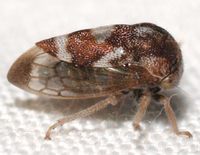 | Photo by: Kyle Kittelberger
Wake Co.
Comment: mixed hardwood forest; males, 1) mm | 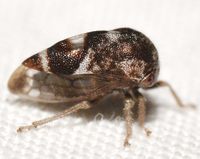 | Photo by: Kyle Kittelberger
Wake Co.
Comment: mixed hardwood forest; males, 1) mm |
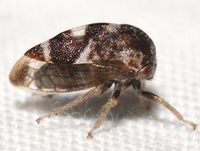 | Photo by: Kyle Kittelberger
Wake Co.
Comment: mixed hardwood forest; males, 1) mm | 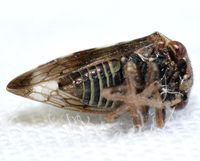 | Photo by: Kyle Kittelberger
Wake Co.
Comment: mixed hardwood forest; males, 1) mm |
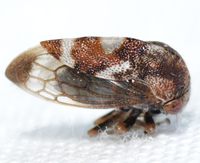 | Photo by: Kyle Kittelberger
Wake Co.
Comment: mixed hardwood forest; males, 1) mm |  | Photo by: Kyle Kittelberger
Wake Co.
Comment: mixed hardwood forest; males, 1) mm |
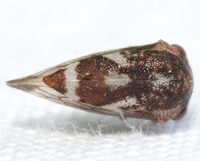 | Photo by: Kyle Kittelberger
Wake Co.
Comment: mixed hardwood forest; males, 1) 4.8 mm | 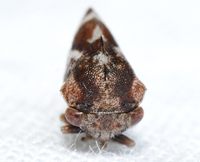 | Photo by: Kyle Kittelberger
Wake Co.
Comment: mixed hardwood forest; males, 1) 4.8 mm |
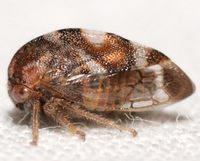 | Photo by: Kyle Kittelberger
Wake Co.
Comment: mixed hardwood forest, male | 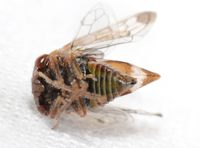 | Photo by: Kyle Kittelberger
Wake Co.
Comment: mixed hardwood forest, male |
 | Photo by: Kyle Kittelberger
Wake Co.
Comment: mixed hardwood forest, male |  | Photo by: Kyle Kittelberger
Wake Co.
Comment: mixed hardwood forest, male |
|

 »
»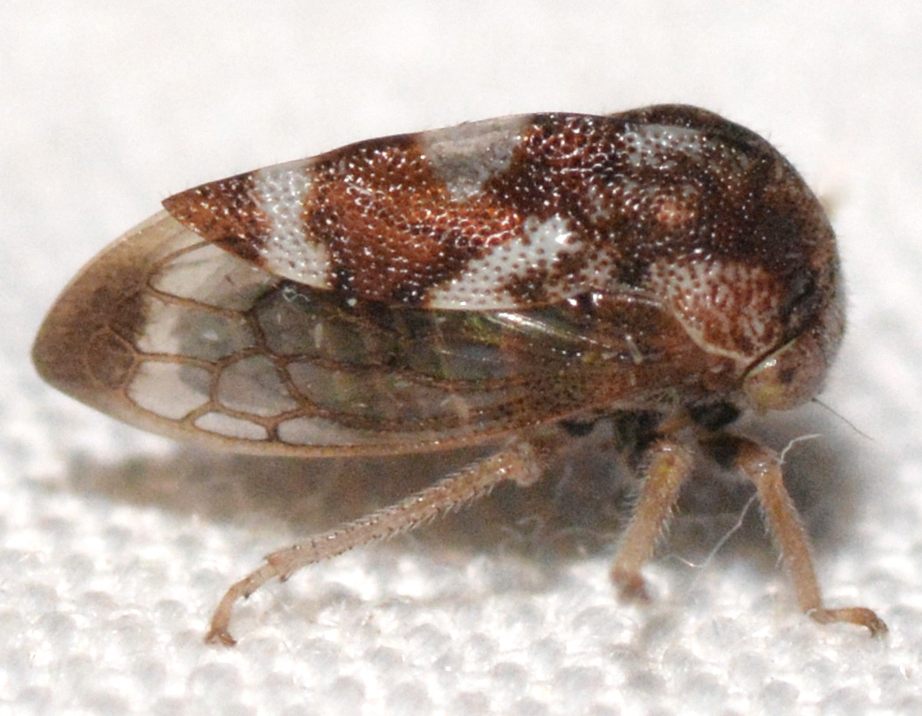

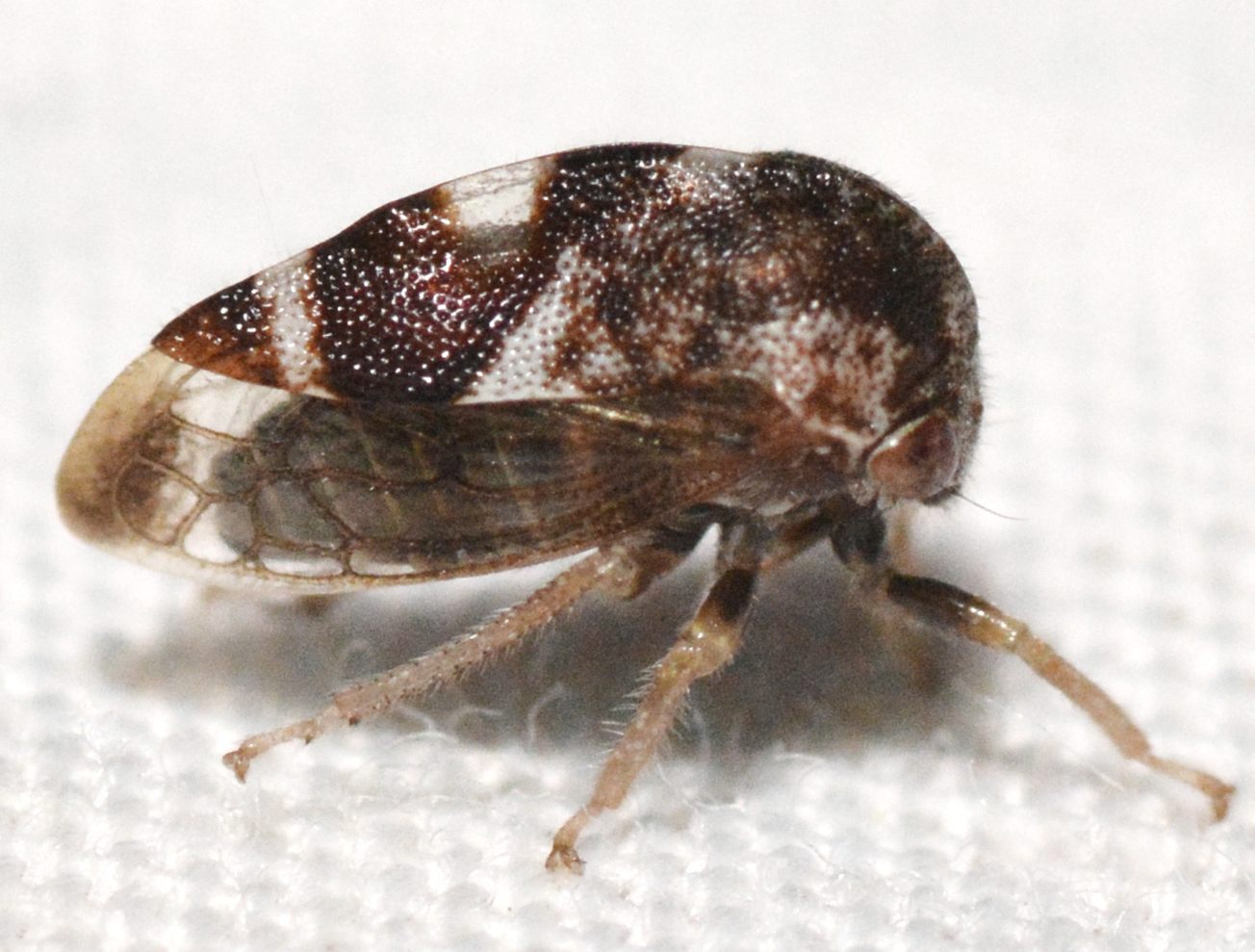


 »
»


